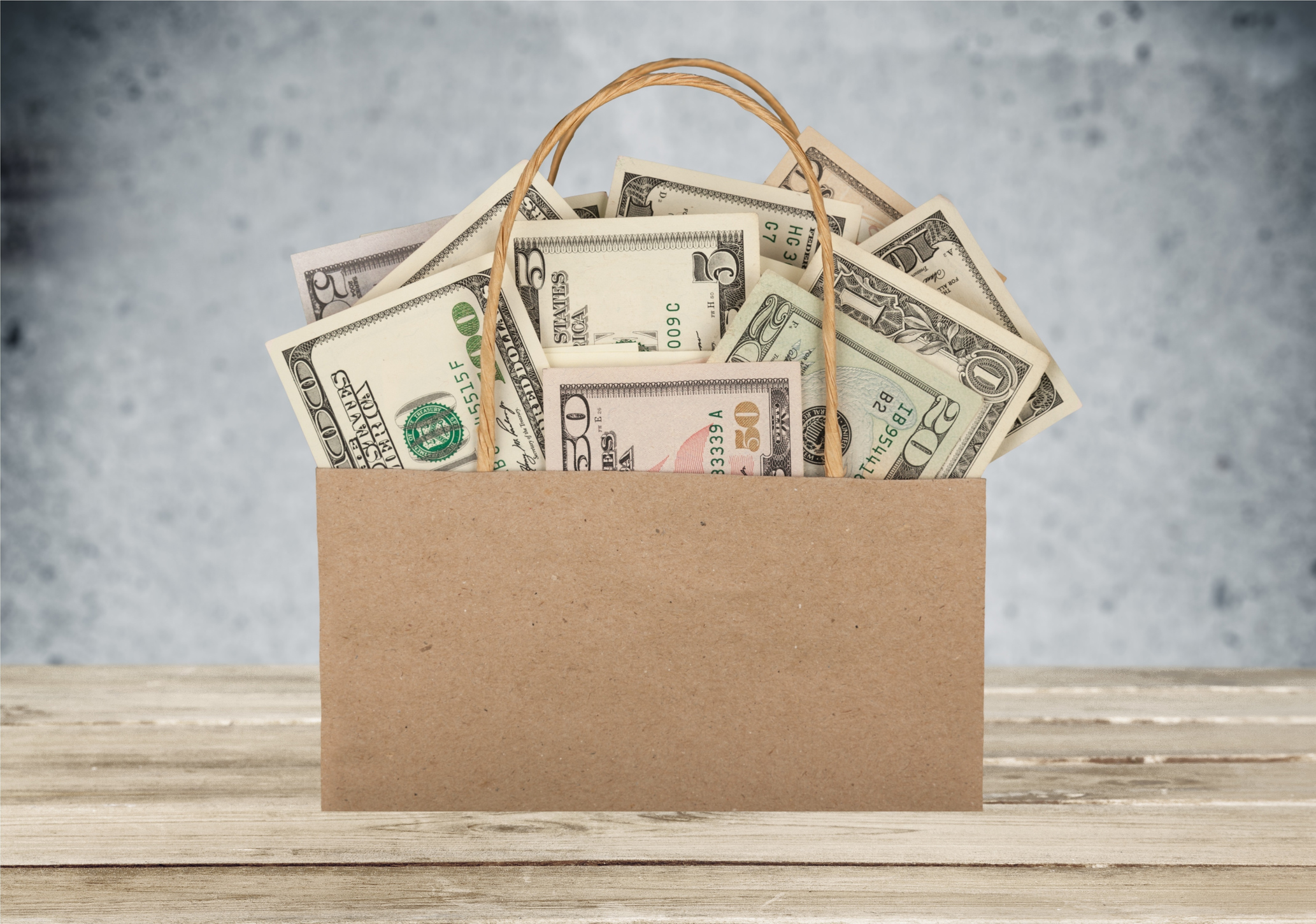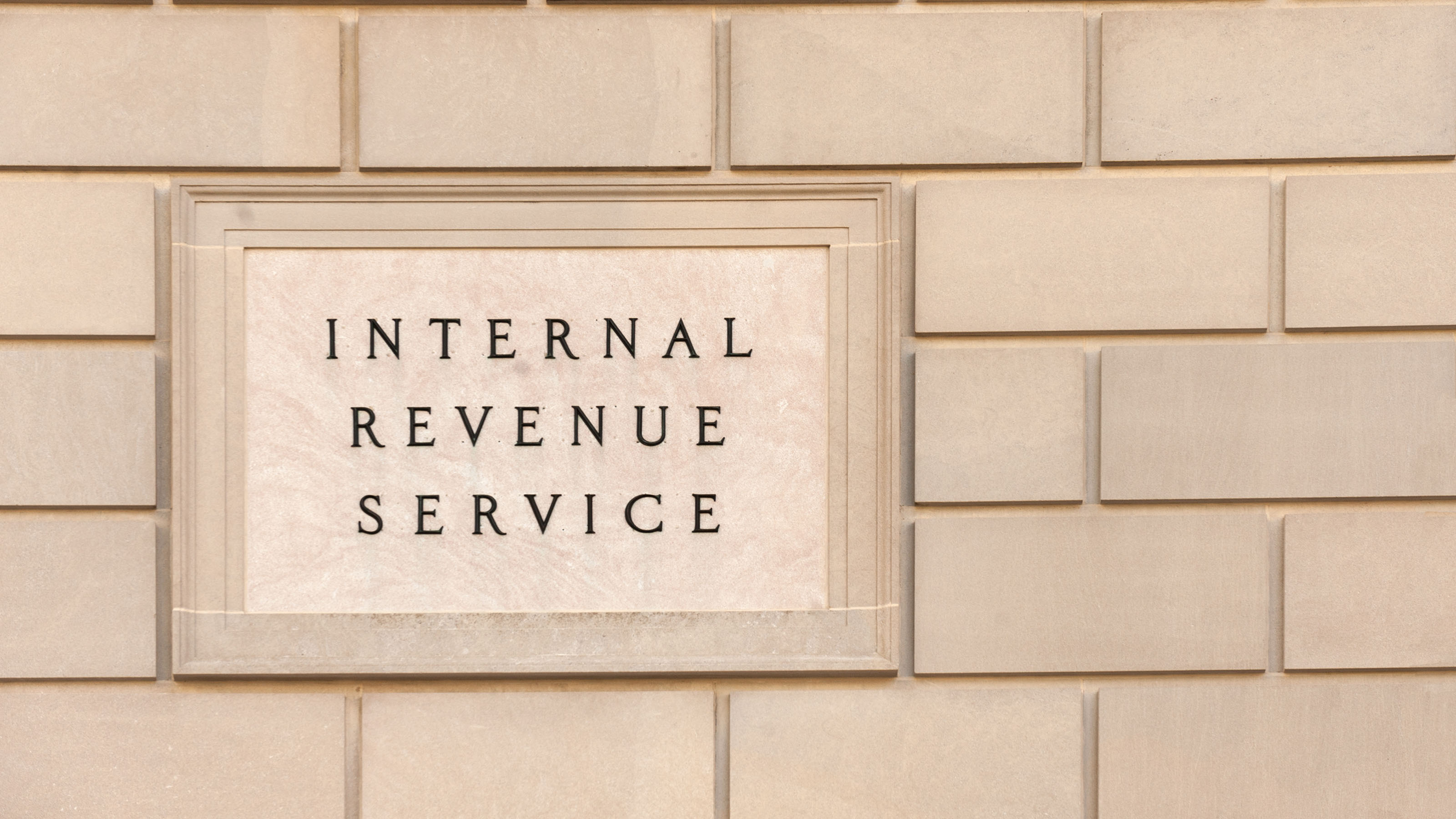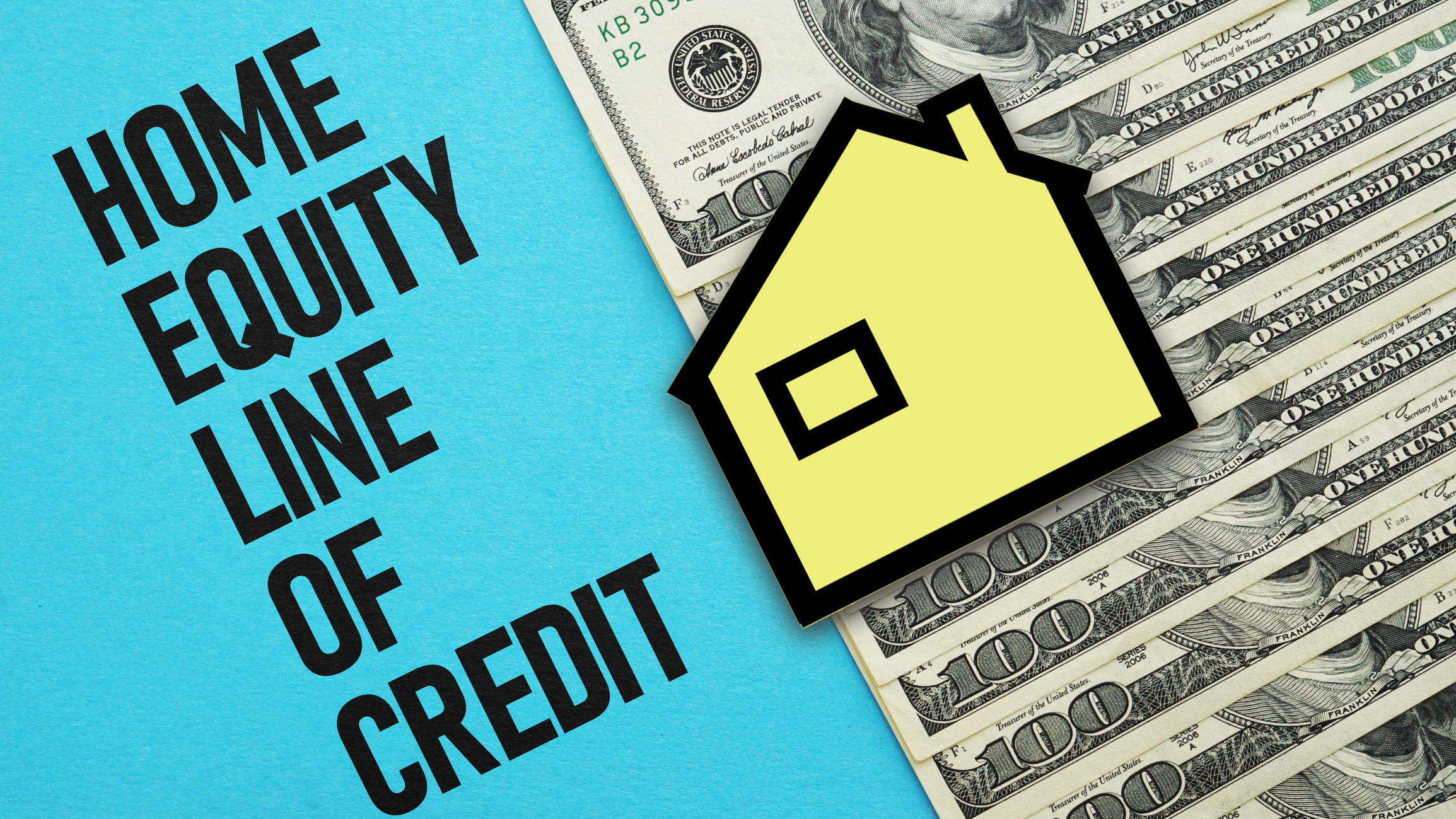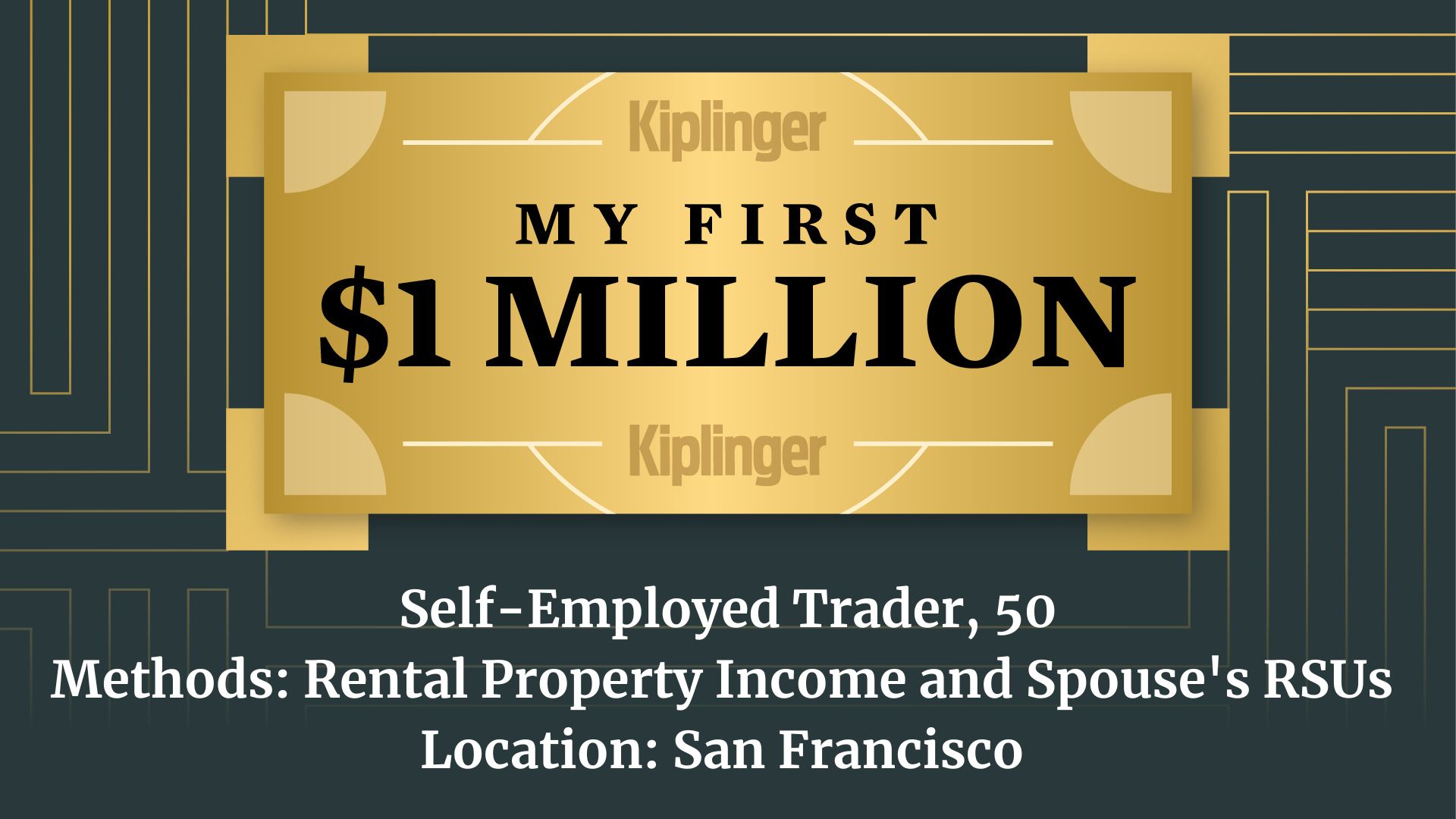Why More People Are Using Small Banks And Credit Unions
More people are considering community banks and credit unions for their lower interest rates and friendlier service.

Getting a credit card from a larger bank sounds like a good idea. After all, some come with generous cash back rewards to help you save on everyday purchases.
However, larger financial institutions don't always have the best customer service, and people are starting to take notice, according to a recent study.
68% of national banks last year issued consumers their primary cards and have an even stronger lead among consumers who also bank with them, according to the study by PYMNTS Intelligence and Elan Credit Card. This, however, is a significant decline from the 76% that big banks issued in 2020, as shown in the study, which surveyed 2,088 U.S. consumers who earn more than $100,000 annually.
From just $107.88 $24.99 for Kiplinger Personal Finance
Become a smarter, better informed investor. Subscribe from just $107.88 $24.99, plus get up to 4 Special Issues

Sign up for Kiplinger’s Free Newsletters
Profit and prosper with the best of expert advice on investing, taxes, retirement, personal finance and more - straight to your e-mail.
Profit and prosper with the best of expert advice - straight to your e-mail.
By contrast, credit unions and small banks — which still have relatively small market shares — have increased their shares over the same time period. Credit unions grew their share of primary credit cards from 6% in 2020 to 8.3% in 2023, while community banks increased theirs from 2.3% to 5.1% in the same time period.
The numbers aren’t massive, but they certainly indicate some shifting preferences, especially, as the study states, national banks trend in the opposite direction. In addition, one in four survey participants said they are most likely to use either a credit union or community bank for their next credit card application.
“Though modest in absolute terms, these shifts represent sizable relative gains,” PYMNTS and Elan say in the study.
The appeal of going small
There are a number of reasons to consider joining a credit union or community bank, especially during unsettling financial times.
Credit unions usually tout lower interest rates than national banks. The reason for this is that they're member-owned, meaning everyone who has an account with them is a partial owner.
Because many don't pay out to shareholders, they can keep their rates lower, giving them an edge on larger financial institutions. And it could save you hundreds of dollars over the life of the loan in interest fees.
It can also help you save more money quicker, as they tend to have higher rates of return on high-yield savings accounts and CDs.
Banking locally also ensures that your money stays in your community. As shopping and sourcing locally increase in popularity, perhaps so too does banking locally in the interest of community.
According to the study, key features that participants valued most — and that credit unions and small banks could improve on — include rewards and cash-back programs.
If you’re interested in exploring credit unions as an option for your next card, some of Kiplinger’s top picks include Alliant, which offers low fees and attractive CD options, as well as Bellco and Connexus, each for their ranges of free checking account options and savings yields. You can learn more about each one here.
The bottom line
The appeal to going local for banking is slowly growing. With one in four considering community banks or credit unions for their next credit card, it indicates a shift in the way some view smaller financial institutions.
Credit unions do an exceptional job offering lower interest rates on loans and higher rates on savings and CDs. The only drawback to going with smaller options like community banks is you might miss out on better cashback rewards offered by larger banks. Therefore, prioritize what you need from your next credit card or savings account before making the switch.
RELATED CONTENT
Profit and prosper with the best of Kiplinger's advice on investing, taxes, retirement, personal finance and much more. Delivered daily. Enter your email in the box and click Sign Me Up.

Jamie Feldman is a journalist, essayist and content creator. After building a byline as a lifestyle editor for HuffPost, her articles and editorials have since appeared in Cosmopolitan, Betches, Nylon, Bustle, Parade, and Well+Good. Her journey out of credit card debt, which she chronicles on TikTok, has amassed a loyal social media following. Her story has been featured in Fortune, Business Insider and on The Today Show, NBC Nightly News, CBS News, and NPR. She is currently producing a podcast on the same topic and living in Brooklyn, New York.
-
 5 Gifts the IRS Won’t Tax: Even If They’re Big
5 Gifts the IRS Won’t Tax: Even If They’re BigGift Tax Several categories of gifts don’t count toward annual gift tax limits. Here's what you need to know.
-
 The 'Scrooge' Strategy: How to Turn Your Old Junk Into a Tax Deduction
The 'Scrooge' Strategy: How to Turn Your Old Junk Into a Tax DeductionTax Deductions We break down the IRS rules for non-cash charitable contributions. Plus, here's a handy checklist before you donate to charity this year.
-
 IRS Says You Made a Tax Return Mistake? A New Law Could Help You Fight Back
IRS Says You Made a Tax Return Mistake? A New Law Could Help You Fight BackTax Law Updated taxpayer protections change what the IRS must explain on error notices and how long you have to respond.
-
 The Top 22 Gifts for Grandkids from Walmart in 2025
The Top 22 Gifts for Grandkids from Walmart in 2025From PlayStation to Labubu, you'll find the hottest gifts of 2025 for your grandkids at Walmart this year. Some of them are up to 78% off.
-
 CD vs. Money Market: Where to Put Your Year-End Bonus Now
CD vs. Money Market: Where to Put Your Year-End Bonus NowFalling interest rates have savers wondering where to park cash. Here's how much $10,000 earns in today's best CDs versus leading money market accounts.
-
 Meet the World's Unluckiest — Not to Mention Entitled — Porch Pirate
Meet the World's Unluckiest — Not to Mention Entitled — Porch PirateThis teen swiped a booby-trapped package that showered him with glitter, and then he hurt his wrist while fleeing. This is why no lawyer will represent him.
-
 Smart Business: How Community Engagement Can Help Fuel Growth
Smart Business: How Community Engagement Can Help Fuel GrowthAs a financial professional, you can strengthen your brand while making a difference in your community. See how these pros turned community spirit into growth.
-
 Smart Money Moves Savers Should Make in 2026
Smart Money Moves Savers Should Make in 2026These steps will get you on the road to achieving your 2026 savings goals.
-
 How Much Would a $50,000 HELOC Cost Per Month?
How Much Would a $50,000 HELOC Cost Per Month?Thinking about tapping your home’s equity? Here’s what a $50,000 HELOC might cost you each month based on current rates.
-
 My First $1 Million: Self-Employed Trader, 50, San Francisco
My First $1 Million: Self-Employed Trader, 50, San FranciscoEver wonder how someone who's made a million dollars or more did it? Kiplinger's My First $1 Million series uncovers the answers.
-
 Waiting for Retirement to Give to Charity? Here Are 3 Reasons to Do It Now, From a Financial Planner
Waiting for Retirement to Give to Charity? Here Are 3 Reasons to Do It Now, From a Financial PlannerYou could wait until retirement, but making charitable giving part of your financial plan now could be far more beneficial for you and the causes you support.